
Date: 17 March 2016
Thanks to its comparatively low weight per unit area, laminated safety glass made with the high-strength, high-stiffness SentryGlas® interlayer from Kuraray allows the production of particularly large glass panes, delicate support frames and minimalist fastening systems, combining high cost efficiency with minimized hazard potential for passers-by and maintenance staff.
The German Institute for Construction Engineering (DIBt), Berlin, has recently extended the present general construction permit (Allgemeine Bauaufsichtliche Zulassung, ABZ) for the SentryGlas® laminated glass interlayer, now confirming compliance with the new set of DIN 18008 standards. Thanks to this update, the time and effort needed to obtain approval for a building project featuring these laminated glass structures can continue to be kept to a minimum.
In addition to SentryGlas®, the high-strength PVB interlayer Trosifol® EXTRA STRONG (ES) from Kuraray also has a general construction permit (ABZ). This means that laminates produced with either film count as laminated safety glass in the meaning of the German List of Construction Products, thus not requiring time-consuming and costly approvals on a case-by-case basis (Zustimmung im Einzelfall).
Many advantages over laminates with standard PVB
Many of the excellent properties of laminated safety glass with SentryGlas® are based on the very good mechanical properties of this interlayer. For example, its very high strength and stiffness allow efficient load transfer between the individual glass panes.
According to DIN 18008, a structural coupling effect can thus be used for calculating the load-deformation behavior of such laminates These permit – with identical laminate thickness and applying partial safety factors within a semi-probabilistic safety concept – much higher loads than laminates with standard PVB, which have to be evaluated as individual panes not joined to each other. Alternatively, up to 40% thinner laminates can be used with the same load, without the deformation limits being exceeded.
A further consequence of the high stiffness and strength of SentryGlas® is that such laminates offer a very high load-bearing capacity after glass breakage. The panes remain intact in their frame or fastening system without glass fragments coming away, and they retain a high load-bearing capacity that is sufficient, for example, to support maintenance staff in the event of an accident and secure them against fall-through after breakage.
Finally, SentryGlas® also has aesthetic advantages as the film has no tendency to yellowing outdoors, even when exposed to strong long-term solar radiation. Laminated safety glass with SentryGlas® also shows high edge stability even in a very high-humidity environment.
The new DIN 18008 …
…is divided into seven parts, the first four of which apply to the dimensioning and construction of building products of glass. They cover, for example, testing the structural strength needed to integrate glass panels into facades or roof structures. Before now, this was done on the basis of the technical regulations TRLV, TRAV and TRPV for the use of glazing with linear or point supports and for safety barrier glazings.
Part 5, which has also already become valid, includes walk-on constructions. With regard to part 6, which is still at the draft stage, Kuraray has already proven in tests that SentryGlas® – and Trosifol® ES – comply with the coming requirements on the “residual load-bearing capacity for walk-on constructions for maintenance purposes”. Part 7 will be concerned with special constructions such as supporting elements of glass.
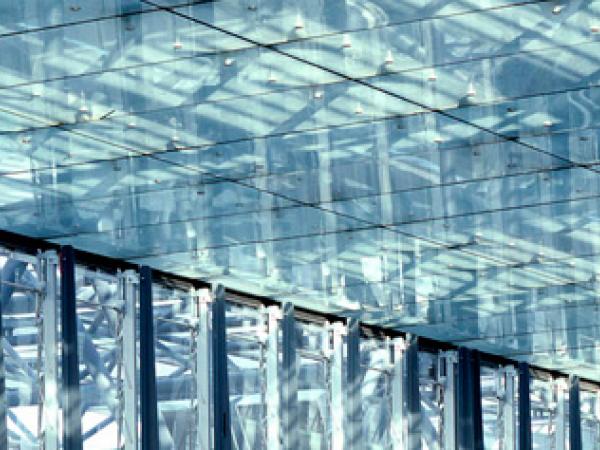 600450
600450


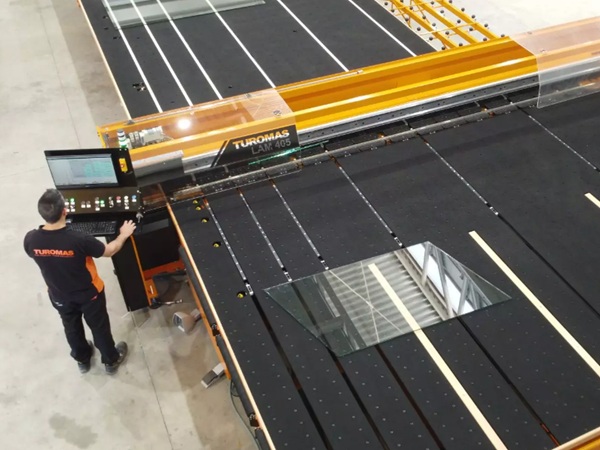



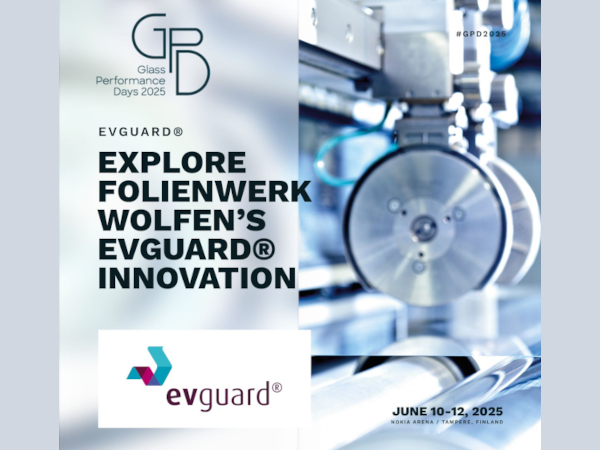























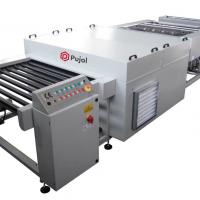
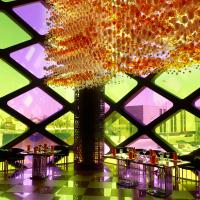


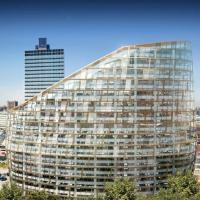

Add new comment